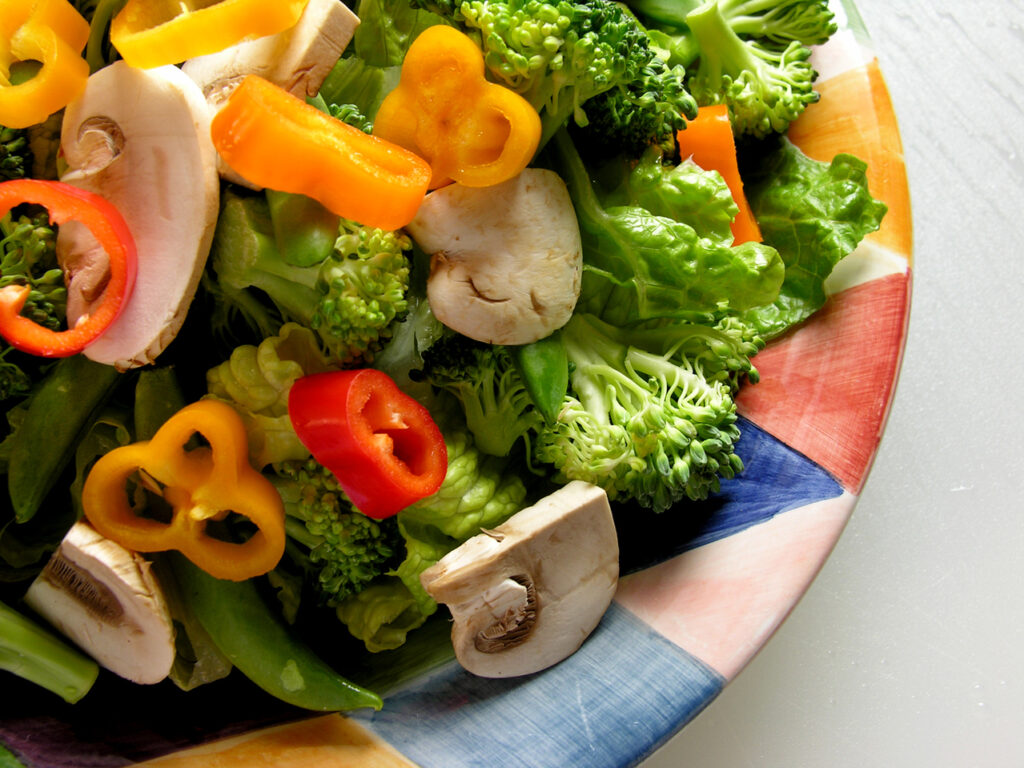The Five Pillars of Positive Nutrition: A Holistic Approach
Image via Bob Smith on FreeImages.com
by Laura Cipullo and Laura Cipullo Whole Nutrition Services Team
This month, I’m honored to be in Gluten-Free Food Solutions magazine. An excerpt from The Women’s Health Body Clock Diet appears, discussing my 5 Pillars of Positive Nutrition. You can read it by flipping to page 32 right here.
Now, when you hear the word “pillar,” you might envision a structure that supports, and that’s exactly what these are, steps that will support you on your journey to health and self-esteem.
What are the steps about? Well, when most people focus on getting healthy, they think about changing the food they’re eating, but the 5 Pillars of Positive Nutrition are about changing your attitude about the food you’re eating.
So many of us have been programmed by weight-loss articles and books to think of diets as restrictive. But Body Clock Diet isn’t like that, which is part of what makes it so revolutionary.
The 5 Pillars of Positive Nutrition are outlined fully in the article and book, but here are the basics.
Step 1: Adopt an All Foods Fit Philosophy
On the Body Clock Diet, every food fits, as all foods are capable of giving nutrition — albeit in different amounts. So don’t label food as good or bad. That doesn’t mean you get to eat everything, though, all the time. The key to making the all foods fit philosophy work for you is to exercise moderation. Eat many types of foods in sensible amounts, until you are full. Be aware of what foods satisfy you and what leaves you hungry. (More on that in Step 3.)
Step 2: Use Neutral Food Language
Clean eating is the latest trend, but I have a problem with the phrase. If you ask me, food isn’t clean or dirty — and really, isn’t clean or dirty just another way to say good or bad? Once you label food as bad it leads to guilt. Remember food is just food and doesn’t deserve value judgments. It all nourishes us one way or the other. Change your language around food, and you’ll change your relationship with it, to one that’s far more positive.
Step 3: Be an Honorable Eater
Did you have a “bad” food day? Did you binge on cookies or cakes? Stop feeling guilty about it. Stop telling yourself you are “bad” because of it. Your worth is not based on calories eaten or a random number on a scale. You are beautiful and worthy right now. Instead of focusing on how you “cheated,” let the idea of honoring your body inform your eating. What this means: Pay attention to when you are hungry and when you are full, and respect your body’s signals telling you that you are satisfied. Staying mindful during meals can help you achieve this goal. Check out more on mindfulness on my site right here.
Step 4: Don’t “Treat” Yourself Like a Dog
Another word I have a problem with is treats. Treats are for dogs, not humans. Don’t reward yourself with a treat for a day of healthy eating. From now on, think of food as fuel not as reward. If you want to treat yourself, make it a non-food item, like a bath or a movie.
Step 5: Love Fat. It’s Not Your Foe.
Stop thinking of fat as something negative. We need fat in our bodies and in our food. Don’t be afraid to eat fat. It definitely has a place in a well-balanced diet. And learn to love your body, even your fat. Talking negatively about yourself will only lessen your self-esteem.
Check out the article for more info on the 5 Pillars of Positive Nutrition, and strive to incorporate them in your life. I guarantee you’ll see a difference in the way you feel about yourself, and that’s the first step on the road to a positive relationship with food and a happier, healthier lifestyle overall.







